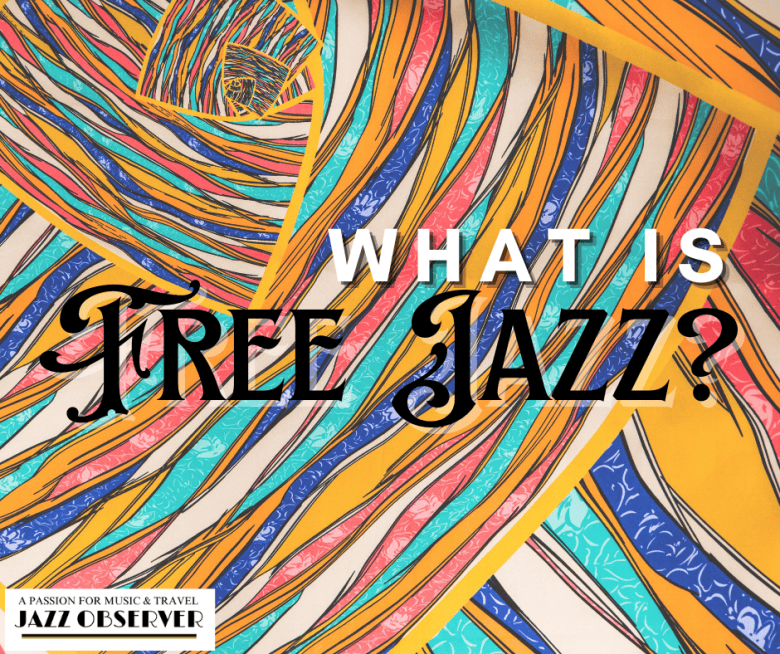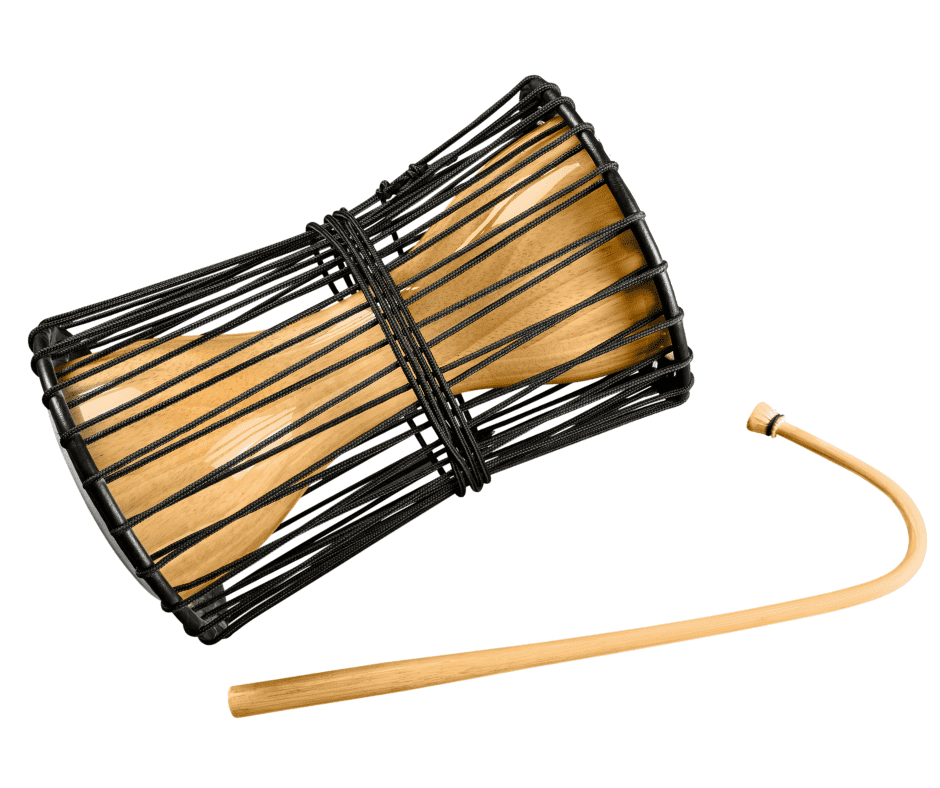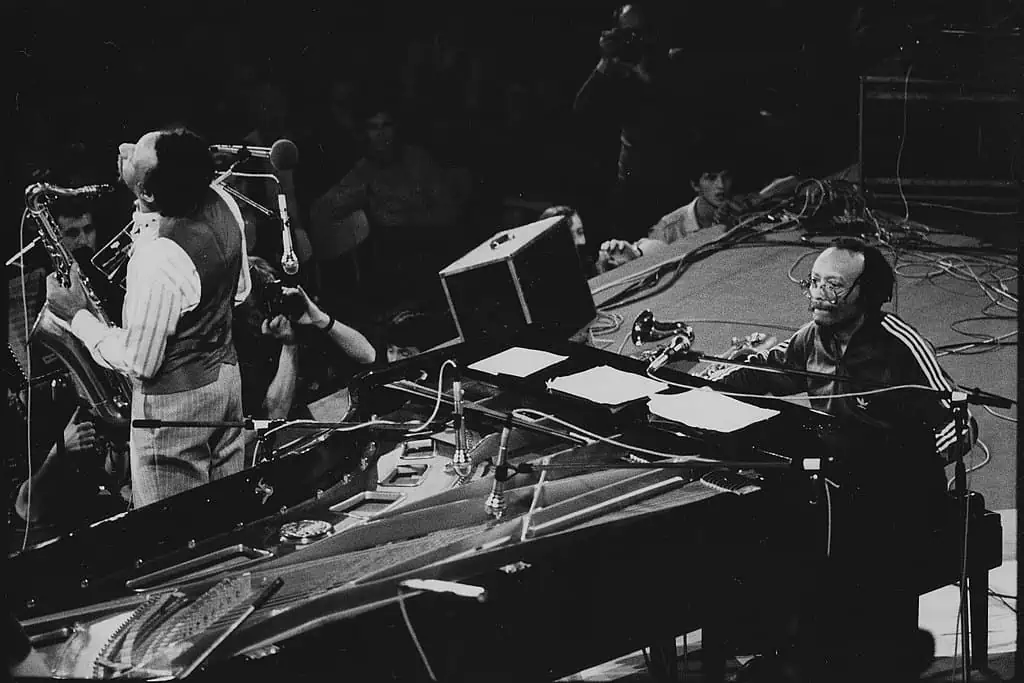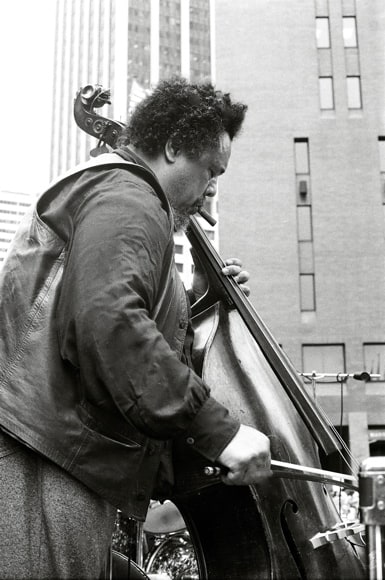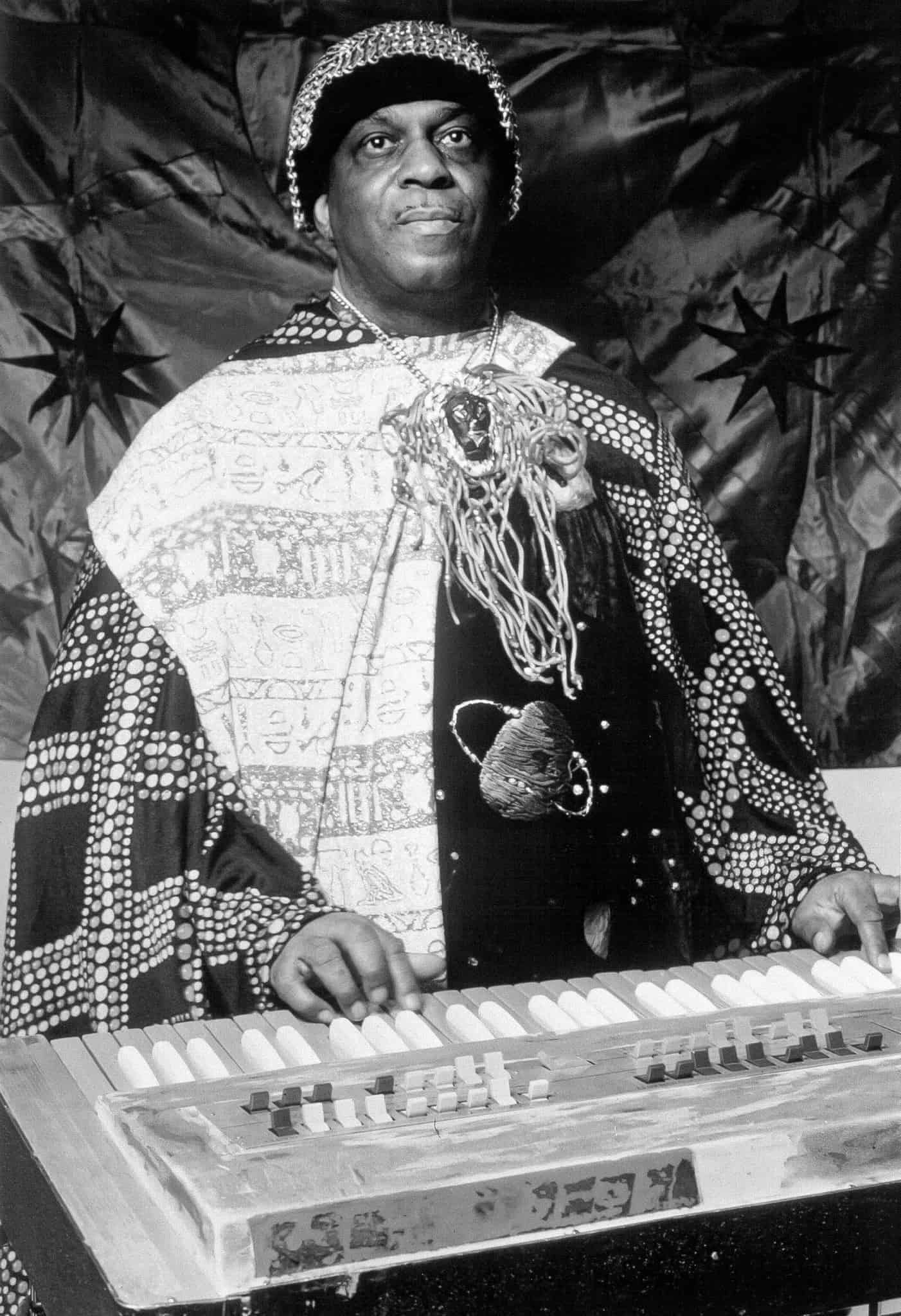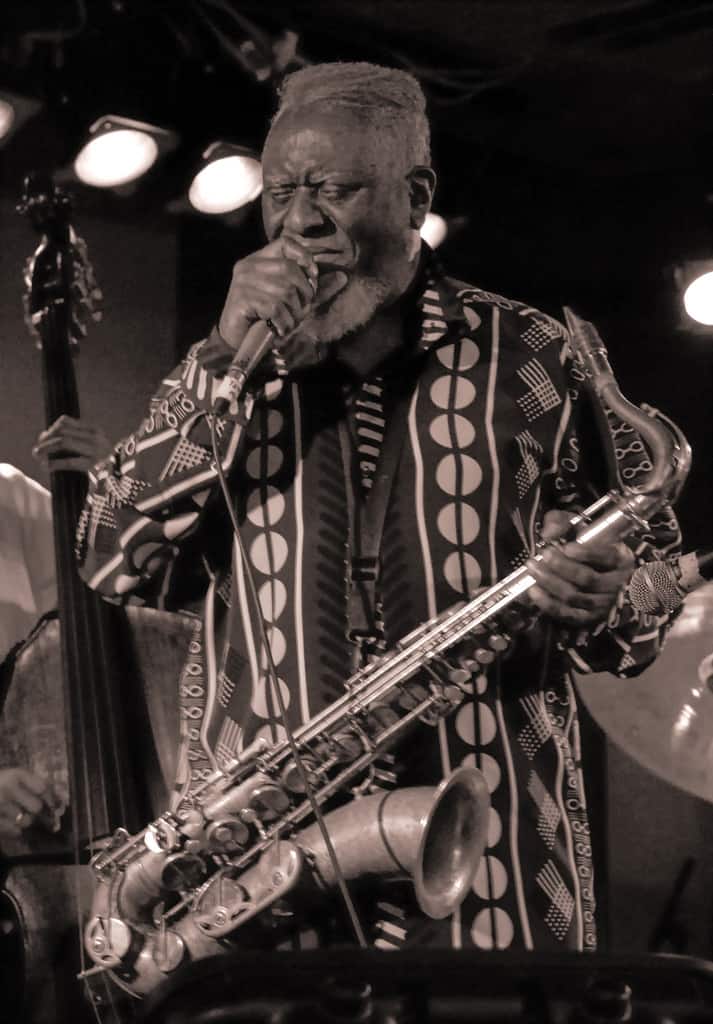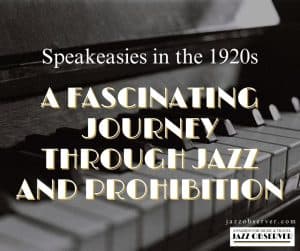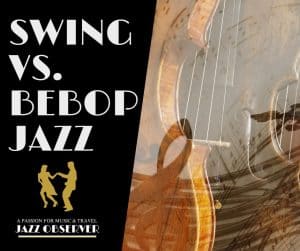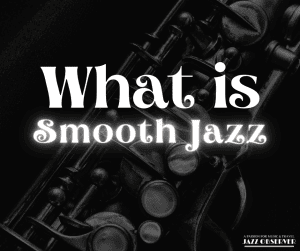The world of jazz is incredibly vast, featuring a wide variety of subgenres that each mark a highly unique sound. While all forms of modern jazz may have their fans, few are as inherently controversial as free jazz.
Overall, free jazz isn’t as accessible or broadly appealing as some of its counterparts, but the unconventional style is worth a listen for anyone curious about the world of jazz. Here’s a look at the history of free jazz, free jazz style, how it came to be, what makes it stand out, and more.
What Is Free Jazz?
Free jazz is a highly avant-garde movement type of jazz that offers extreme amounts of space for solo improvisation by any band member. Every artist can express themselves in free jazz improvisation in practically any manner, even if it means a full disregard for melody, harmony, and structure.
Who Created Free Jazz?
The creation of the free jazz style is credited to Ornette Coleman, an alto saxophonist who shirked many of the conventional notions about how jazz was played and structured. Many people wonder when did free jazz start. In the late 1950s, Coleman challenged musical convention by embracing a highly controversial sound, forgoing most traditional approaches to jazz structure, melody, and harmony.
Why Is It Called “Free” Jazz?
Free jazz was given its moniker by Ornette Coleman, likely as a nod to the uninhibited nature of the music. The concept is free of many of the standard ideas about how to approach jazz, giving jazz musicians a free rein to express themselves in nearly any manner.
What Are the Characteristics of Free Jazz?
Essentially, the primary characteristic of free jazz is simply rejecting convention. As a result, it’s classically one of the most challenging types of jazz to define.
There aren’t specific set characteristics when a musician plays free jazz, primarily since nearly anything is permitted. There’s no requirement for maintaining a specific tempo, using particular chords, or even acknowledging what other band members are playing.
As a result, the only thing that defines free jazz is the concept of free expression, and free solo improvisation. Essentially, every member of a band is potentially operating independently, embracing solo improvisation while all others do the same.
Generally, this means moving away from chords, as they create a harmonic framework that musicians need to follow. With chords being less of a factor, it’s far easier to make spontaneous choices while playing.
Atonality is often part of the equation. The end result was often highly unconventional, without fixed roles for various instruments, and by embracing concepts like chromatic intervals, microtones, overtones, multiphonics, and tone clusters.
What Influenced Free Jazz?
Ultimately, free jazz is an evolution of, but in an unexpected way. While the base concept of jazz remains at the center, free jazz moves away from any traditional conventions, focusing more on improvisation and intensity over set structures, harmonies, and melodies.
Free jazz was also influenced by music from all around the globe. Intriguing instruments from Asia or Africa were often brought into the mix, and some free jazz musicians even created their own to give them unique ways of expressing themselves.
What Are Some Examples of Free Jazz?
There are many examples of free jazz that are highly defining of the genre. One of the best examples is Free Jazz, an album by Ornette Coleman. Coleman’s The Shape of Jazz to Come is also worth a listen.
However, those aren’t the only standouts that helped define this highly eclectic genre. Coltrane Time by pianist Cecil Taylor, Ascension by John Coltrane, and Space is the Place by Sun Ra demonstrate where free jazz can take a musician. Plus, there is a slew of free jazz musicians and others for those who want to dive further into the unique sounds of free jazz.
How Does Free Jazz Differ from Jazz?
Generally, traditional jazz and free jazz are only part of the same genre based on the instruments played. Traditional – also known as tonal – jazz focuses on chord progressions, set structures, and planned melodies and harmonies. When soloists step forward, they operate within the base framework, providing flourishes that augment instead of disrupt the sound.
Comparatively, often veers toward atonal, and there’s complete freedom to play in any manner the musician chooses. Improvisation is also incredibly broad, as there isn’t an inherent binding due to an existing structure, melody, or harmony. As a result, the sound feels chaotic and disruptive in nature, but that’s part of the core intent.
Who Are Some Famous Free Jazz Musicians?
Ornette Coleman
Generally speaking, Ornette Coleman is considered a – if not the – founder of. He functionally launched the genre when his quartet played at The Five Spot and showcased its unconventional sound, a move that generated a lot of controversy. Additionally, his album Free Jazz not only highlighted the emerging genre but also gave it its name.
Cecil Taylor
Pianist Cecil Taylor also emerged in the world of free jazz at about the same time as Coleman. A skilled and classically trained pianist, he took an avant-garde approach to the, embracing experimentation even if it was controversial. The album Coltrane Time (Stereo Drive) features an atonal style, which is a striking contrast compared to the remaining band members playing in the recordings, who were much more conservative.
Unit Structures is another noteworthy album, as it was incredibly intense, including two double bassists, atonal dissonance, and more. As a result, it’s not a sound that appeals to all, but it’s undoubtedly a must-listen for those intrigued by the history of free jazz.
John Coltrane
While John Coltrane isn’t known solely for free jazz, much of his later career embraced the freedom it provided. The renowned tenor saxophonist leaned heavily on, forgoing conventions like coordinated tempos and chord sequences.
Generally, the album Ascension is considered the clearest example of his transition. While there are still traditional elements, the solo sections are largely without any limits. The only requirement was ending with a crescendo, giving them functionally free rein to otherwise approach the music as they saw fit in those moments.
Charles Mingus
A famed upright bassist, Charles Mingus began experimenting as a jazz composer during the mid-1950s when he assembled the Jazz Workshop. The goal was to achieve a sense of poeticism in a post-bop world, embracing new dissonances and aiming for an unconventional amount of freedom. The initial result was Pithecanthropus Erectus, making it a worthwhile listen.
Mingus also had strong feelings about others in the genre. He believed strongly in the need for authenticity during solos and often looked unfavorably at those he deemed faking it.
Evan Parker
Saxophonist Evan Parker is considered a prominent figure in the early days of European free jazz. The soprano and tenor saxophonist collaborated with many, including Cecile Taylor and Anthony Braxton. His personal style was startling and, at times, highly visceral, making him a standout in an already intense genre.
Sun Ra
A unique musician even within the unrestricted world of the free jazz movement, Sun Ra drew inspiration from a wide array of genres, including many jazz subgenres and ragtime. The end result was often otherworldly and, when combined with very theatrical live performances, functionally transported audiences with his sound.
While Sun Ra has a vast catalog, Space is the Place is likely the best starting spot. The title track is mesmerizing, and the rest of the album is a highly unique listen.
Albert Ayler
Albert Ayler originally began his musical career in the world of R&B but later took his tenor saxophone playing in new directions. His approach was intense, gritty, and odd, often introducing noises people wouldn’t expect from his instrument. The album Spiritual Unity is one of the standouts in his catalog, stepping away from strict tempos and featuring extremes that can catch the listener off guard.
Pharoah Sanders
A saxophonist, Pharoah Sanders worked with John Coltrane early in his career. Sanders favored a spiritual free jazz sound and played on Coltrane albums, including Ascensions and Meditations. While his most famous album is likely Karma, Sanders later began integrating new sounds into his work, particularly African rhythms, all while maintaining a core sound that many musicians aligned with.
David Murray
A composer, saxophonist, and clarinetist, David Murray was highly influenced by the likes of Albert Ayler, Ornette Coleman, and many others playing free jazz. He combined elements of free jazz with more mainstream styles, causing his sound to evolve and embrace some unconventional features without altogether forgoing many traditions.
Ultimately, David Murray’s vast catalog shows how he grew as an artist. As a result, it’s wise to explore a few albums from different periods, including options like Low Class Conspiracy, Ming, The Hill, and Ballads for Bass Clarinet.

